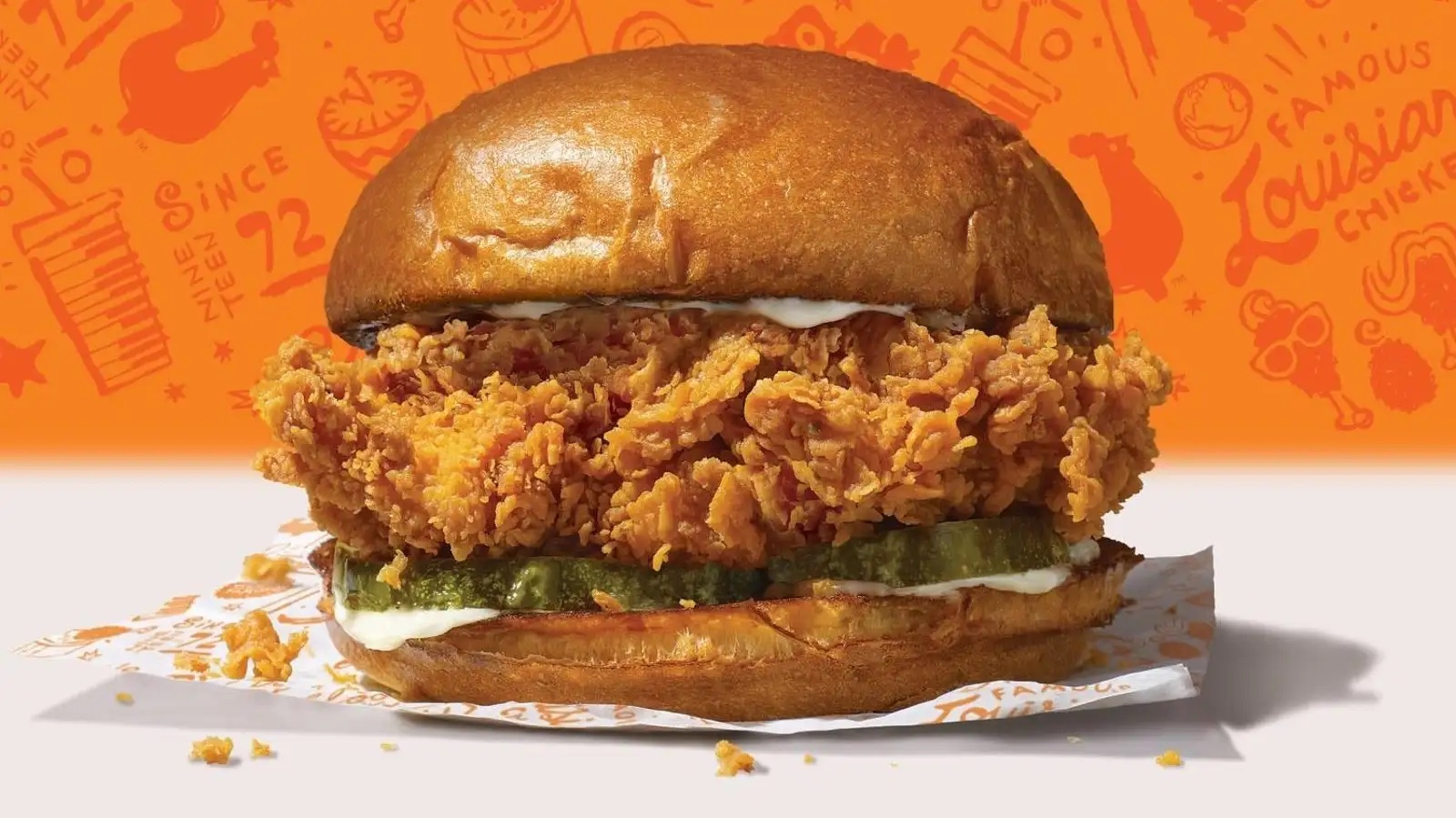How Fast Food Fads Are Born
When it comes to creating a trendy new menu item, there is a method to the madness.
The moment Popeyes released its chicken sandwich, it was like the bite heard 'round the world. It was summer of 2019, and while other fast food chicken sandwiches had certainly come before it, this particular release marked a shift in the fast food landscape as we know it. Soon every brand tried its best to chase the fried chicken sandwich trend, and now, three years later, there are still more and more new chicken sandwiches entering the Chicken Sandwich Wars. It's a bandwagon restaurants have been trying to jump onto in any way they can.
Of course, other trends have caught on in the world of fast food since then, though not necessarily with as much fervor. We've seen the rise of plant-based meat, as well as the pizza-fication craze. Brands will try anything and everything to whip up the next fast food frenzy, and while engineering a hit menu item is not an exact science, there are some established methods to the madness.
How to create a brand new fast food trend
If a brand is trying to find the next hot thing from scratch, it takes lots and lots of testing. According to QSR Magazine, there are three main avenues for those tests. First, focus groups or a limited localized release—the latter is something we've seen a lot lately with potential new items like Taco Bell's Cheez-It offerings, Burger King's fake chicken, and Krispy Kreme's Doughnut Soft Serve. This form of testing isn't just to see how well something sells in a test market, but to see what kind of buzz and demand these items create outside that test market.
After the initial development of these products, there's larger scale testing in the form of a survey (usually including around 500 people, QSR Magazine writes). These surveys might ask about the overall appeal of an item—not necessarily whether you, the respondent, are interested in the item, but if you think society at large might like, say, a Taco Bell dessert coated in a taco shell dust. And the final stage of testing comes from a behavioral science angle: How does this Taco Bell dessert coated in a taco shell dust make you feel? Once all those results are taken into consideration, then the item, potentially the Next Big Thing, just might be ready to go to market.
Of course, sometimes it's just easier to copy homework to get the best results. This is the method that led to the Chicken Sandwich Wars: Popeyes saw wild success, and everyone else wanted to jump on the bandwagon. In other cases, a brand might see success with one novelty item, like Burger King's Chicken Fries or Taco Bell's Doritos Locos Tacos, and find ways to continually recreate that success with the same item, either by introducing new varieties or promoting them with a buzzy new strategy, like the disappearing/reappearing act of Taco Bell's Mexican Pizza.
In the past decade, social media has had an even greater impact on what becomes popular, and in the conception process, brands are now better able to anticipate the kind of menu items that might go viral on social media. Sometimes a chain doesn't need to innovate a new product to achieve this virality: McDonald's menu hacks, for example, simply consist of longstanding menu items smushed together, and promotional celebrity meals at chains like Burger King, Popeyes, and KFC merely bundle existing items together under the banner of an A-list endorsement.
Even with all these strategies in place, sometimes it's impossible to predict what will take off in the real world and what will flop. All we can do is wait and see what sort of fast food concoction, if anything, will dethrone the chicken sandwich next.
